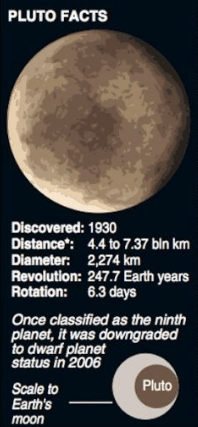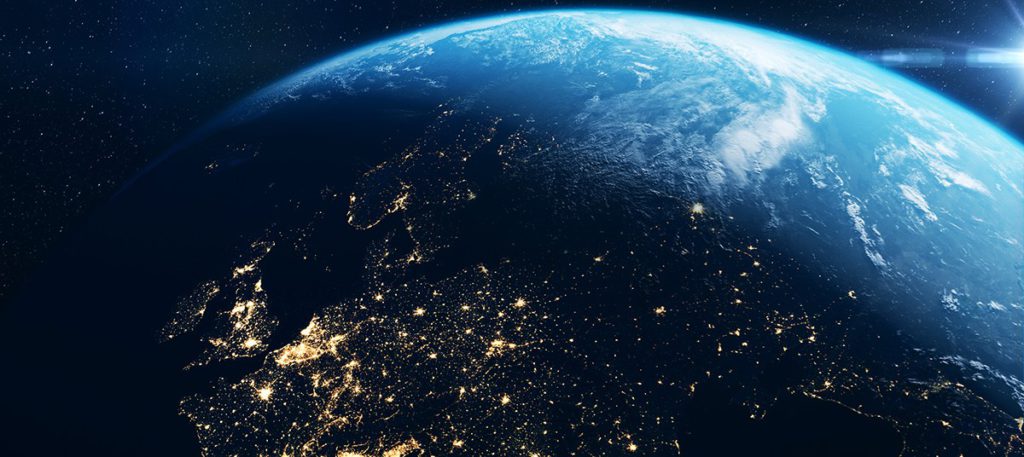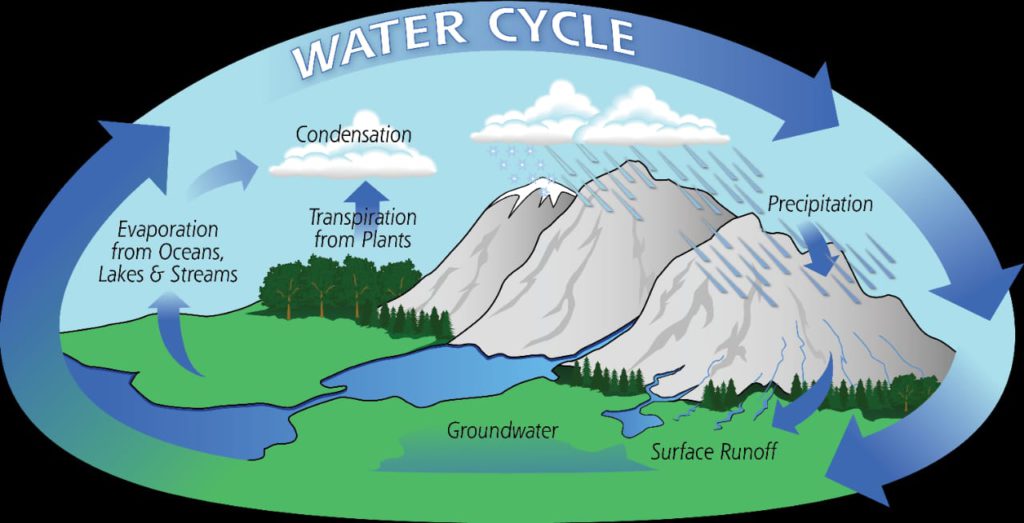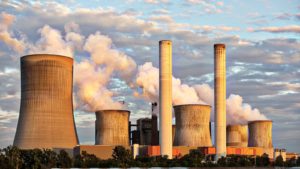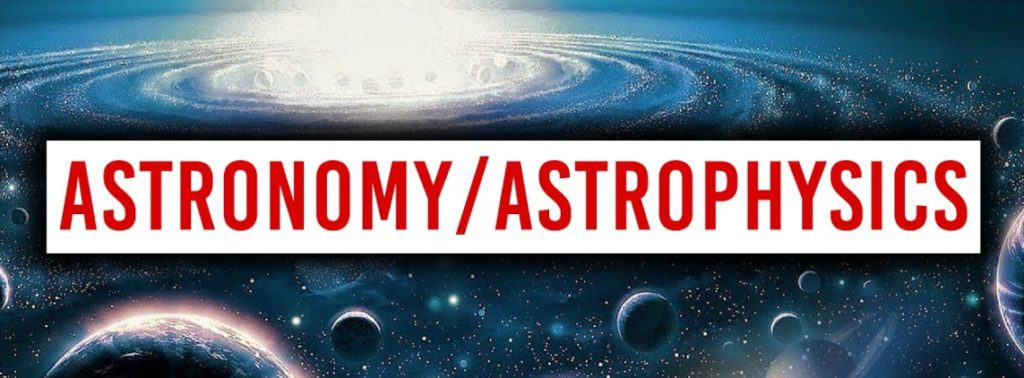Let’s look at the different planets in the solar system.
How is a planet defined?
The International Astronomical Union defines a true planet as a body that orbits the sun without being a satellite of another object. Furthermore, it must be large enough to be rounded by its own gravity and has “cleared its neighbourhood” of most other orbiting bodies.
However, this narrow definition aided in isolating what should and should not be deemed planets, a difficulty that developed when astronomers found more planet-like objects in the solar system. Pluto is one example of the objects that did not qualify and thus, was reclassified as a dwarf planet.
What are the names of the solar system’s planets?
Our solar system currently has eight planets.
Planet names in Hindi and English
| Planet English Name | Planet Hindi Name |
| Mercury | Budh (बुध) |
| Venus | Shukra (शुक्र) |
| Earth | Prithvi (पृथ्वी) |
| Mars | Mangal (मंगल) |
| Jupiter | Brihaspati (बृहस्पति) |
| Saturn | Shani (शनि) |
| Uranus | Arun (अरुण) |
| Neptune | Varun (वरुण) |
What are some interesting facts about each planet?
Mercury (बुध)

- Mercury is the nearest planet to the sun. It is the tiniest planet, only slightly larger than Earth’s moon.
- It orbits the Sun in only 88 days.
- Because Mercury is so near to the sun, its day and night temperatures vary drastically. In fact, during the day, mercury temperatures can exceed 840 F (450 C), which is hot enough to melt lead. On the other hand, temperatures at night fall to – 290 degrees Fahrenheit (minus 180 C).
- Mercury has a very thin atmosphere of oxygen, sodium, hydrogen, helium, and potassium that cannot break up incoming meteorites. Hence its surface, like the moon’s, is cratered.
- NASA’s MESSENGER spacecraft discovered ice and frozen organic molecules in Mercury’s north pole.
Venus (शुक्र)

- Venus, a planet of a similar size as Earth, is the second one from the sun.
- Radar scans taken under its atmosphere indicate a variety of mountains and volcanoes on its surface.
- Due to the deadly atmosphere made up of sulfuric acid clouds, Venus is the hottest planet in the solar system. Venus’s average surface temperature is 900 degrees Fahrenheit or 465 degrees Celcius.
- Furthermore, the pressure at the surface is 92 bar, hence, it can crush and kill a person.
- Venus rotates slowly from east to west, in the opposite direction as the majority of the other planets. Thus, a day on Venus is 241 Earth Days.
Earth (पृथ्वी)

- Earth is the third planet from the Sun.
- It is the only known world with life.
- Furthermore, water covers two-thirds of the globe.
- The Earth’s surface revolves on its axis at 1,532 feet per second (467 metres per second).
- The Earth orbits the Sun at a speed of more than 29 km per second or 18 miles per second.
Mars (मंगल)

- Mars, a chilly, desert-like world coated with dust, is the fourth planet from the sun. This dust is made up of iron oxides, which give the planet its distinctive red colour.
- It is rocky, with mountains, valleys, canyons, as well as storm systems ranging from a tornado to planet-engulfing dust storms.
- Significant scientific evidence reveals that Mars was once a significantly warmer and wetter environment billions of years ago. In fact, NASA Mars Exploration Program has found that rivers and even seas existed.
- Currently, ice sheets the size of California reside under Mars’ surface, and ice caps comprised partly of frozen water may be seen at both poles.
- As there is a potential for life on the planet, Mars has fueled several space research missions and is now one of the solar system’s most studied planets.
- A day on Mars is just more than a day on Earth, that is 24 hours and 37 minutes.
Jupiter (बृहस्पति)

- Jupiter, is the fifth planet from the sun.
- It is a gigantic gas world that is the most massive planet in our solar system, weighing more than twice as much as all the other planets combined.
- Its whirling clouds are multicoloured because of various trace gases.
- The Great Red Spot, a massive storm more than 10,000 miles wide, is a prominent feature in its swirling clouds. It has been raging at over 400 mph for at least the last 150 years.
- Jupiter has a powerful magnetic field and, with 75 moons, resembles a small solar system.
- Each day is about 9.8 hours and one revolution is 11.8 years.
Saturn (शनि)

- Saturn the planet most known for its rings is sixth from the sun.
- The gaseous planet, which is mainly hydrogen and helium, contains several moons. Furthermore, the ring around the planet comprises ice and rock.
- Each day on the planet is about 10.5 Earth hours and it takes 29.5 earth years to orbit around the sun.
Uranus (अरुण)

- Uranus is the seventh planet from the sun.
- It features hydrogen sulphide clouds, the same component that makes rotting eggs smell so bad.
- Like Venus, Uranus rotates from east to west. However, unlike Venus or any other planet, its equator is almost parallel to the Sun.
- Astronomers think that Uranus was tilted approximately 4 billion years ago by a collision with an object roughly twice the size of Earth. Because of this tilt, severe seasons span 20 years or more, and the sun shines on one pole or the other for 84 Earth-years at a time.
- Uranus’ blue-green hue is caused by methane in the atmosphere.
- Similar to Saturn, this planet also contains 13 faint ring sets.
- In 1781, the planet was discovered by William Herschel.
Neptune (वरुण)

- The eighth planet from the sun, Neptune, is known for its supersonic strong winds.
- It is roughly the size of Uranus.
- Neptune is over 30 times further away from the Sun than Earth is.
- Johann Galle, a German astronomer, utilised mathematics to help identify Neptune through a telescope.
- Neptune is approximately 17 times bigger than Earth and has a rocky core.
- Each day on the planet is about 19 earth hours and it takes 165 Earth years to orbit around the sun.
Head towards Podium Blog to know about more such insightful topics.
Share with your friends
